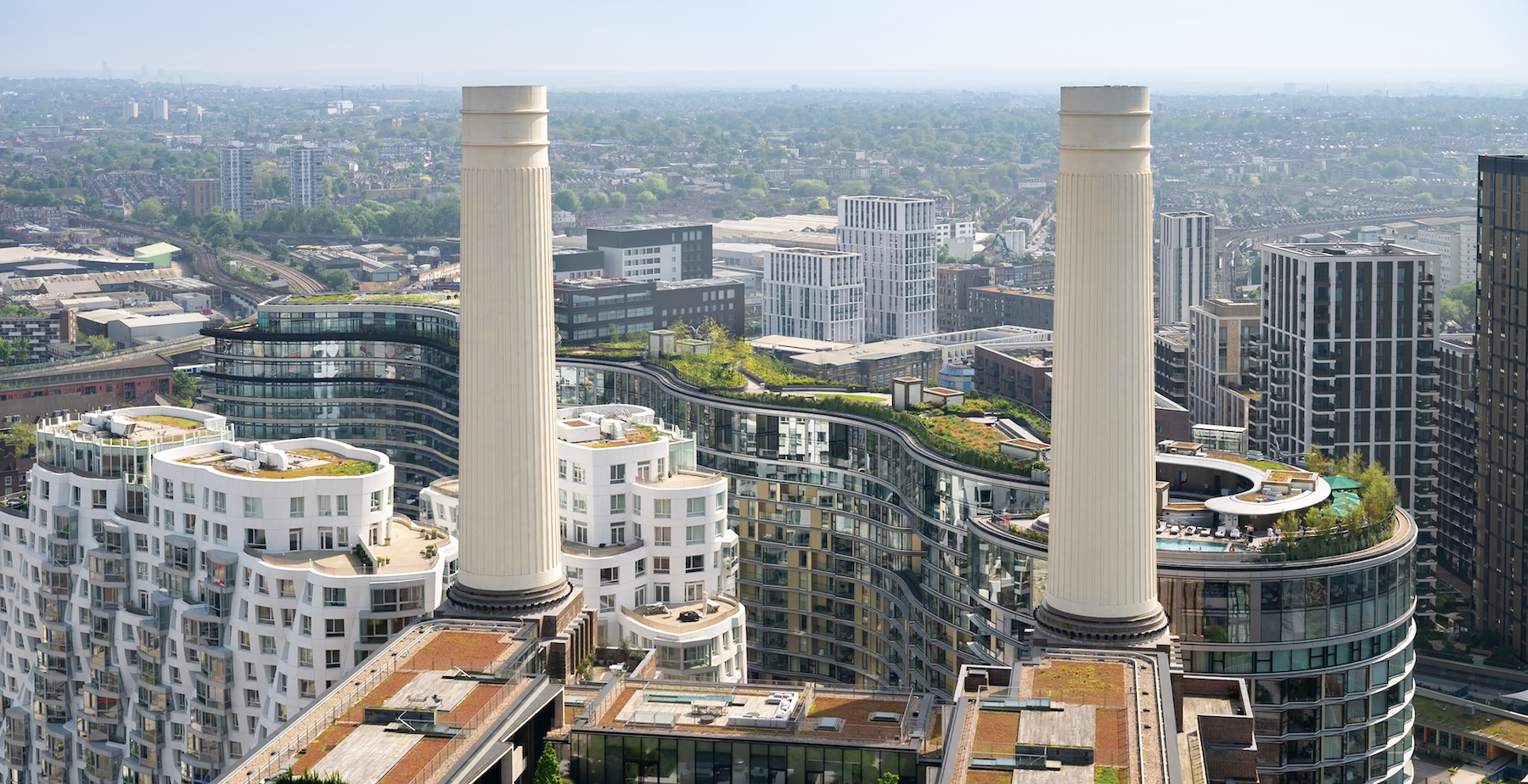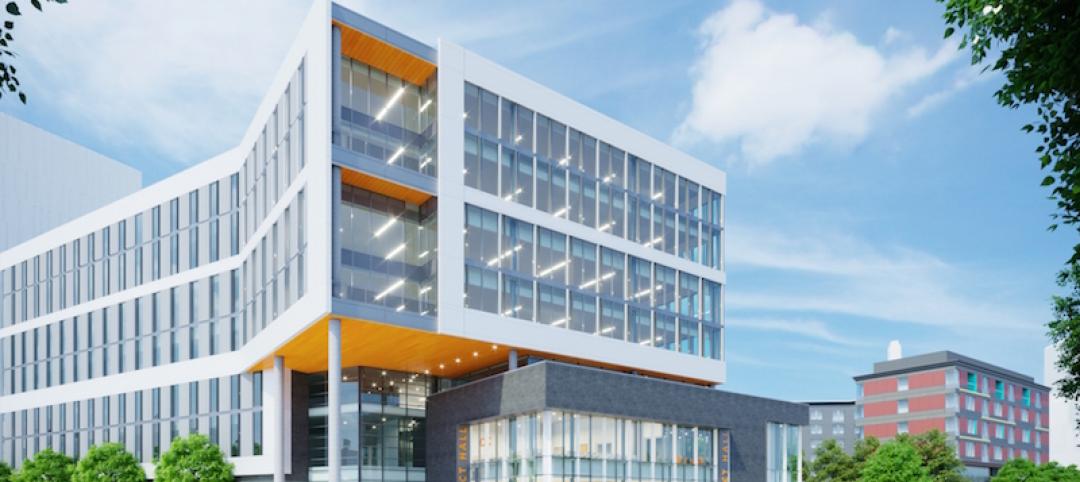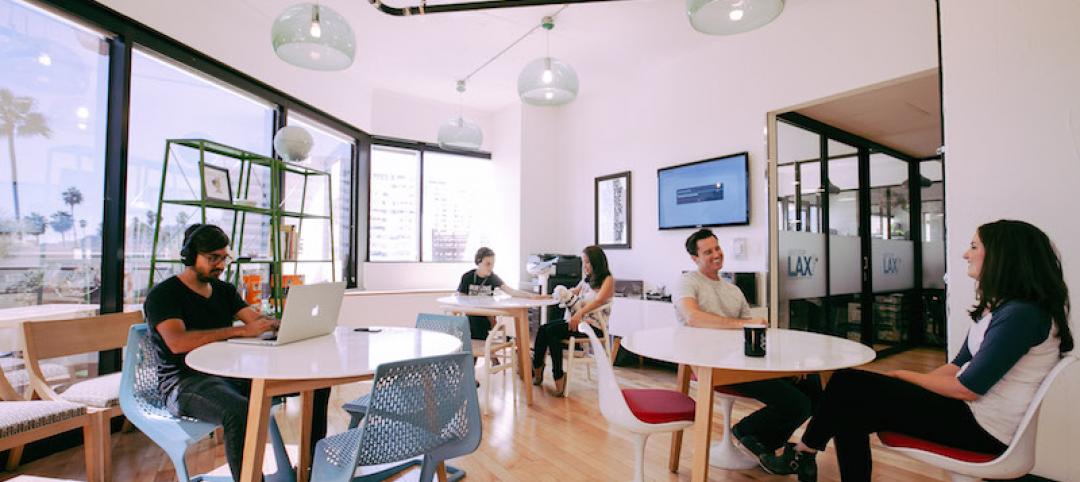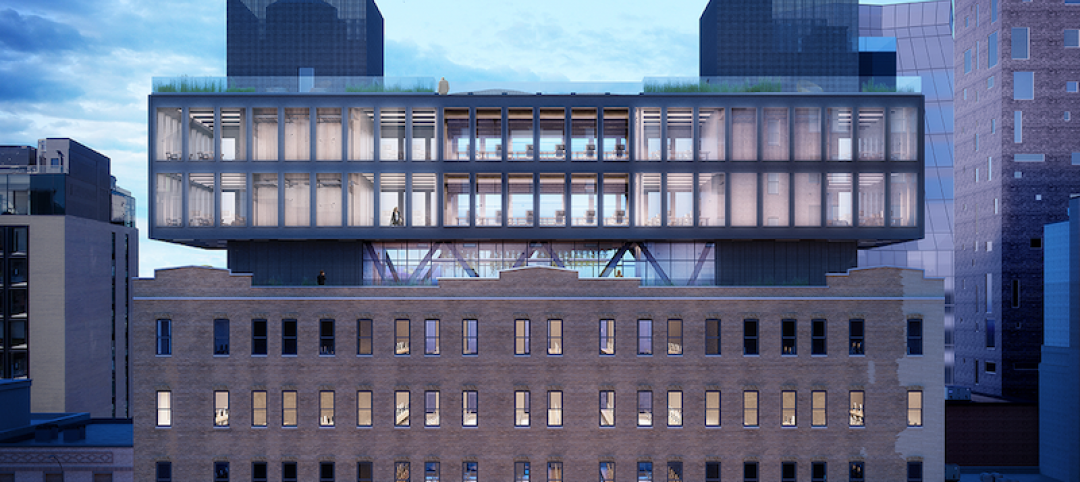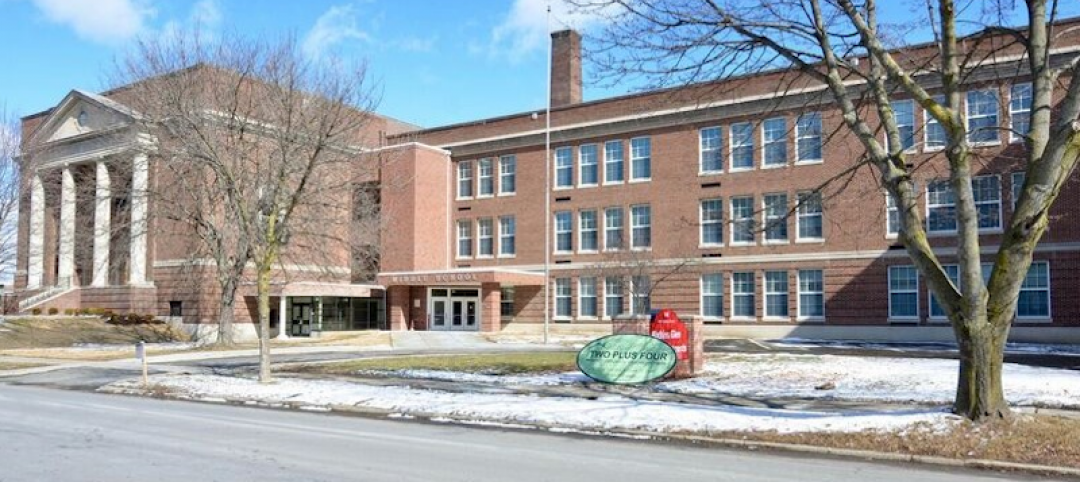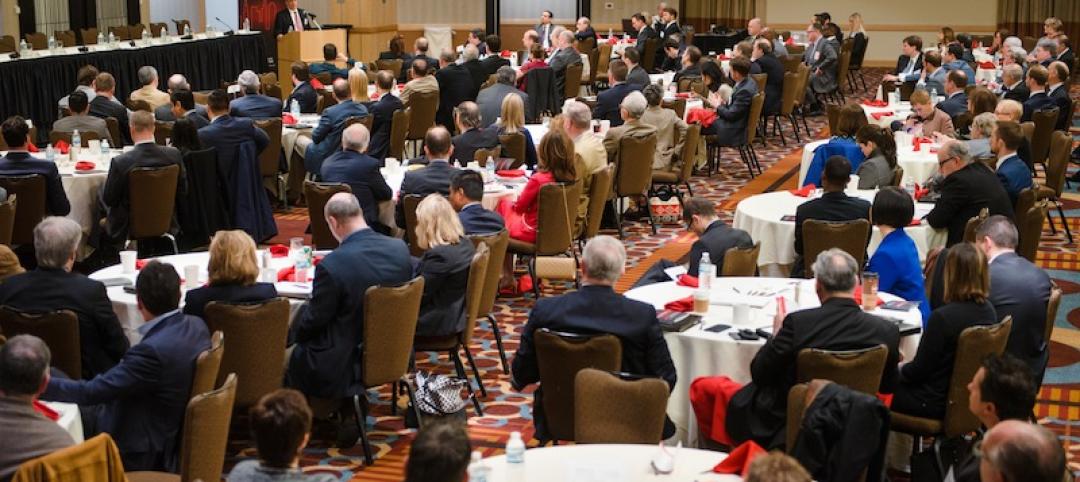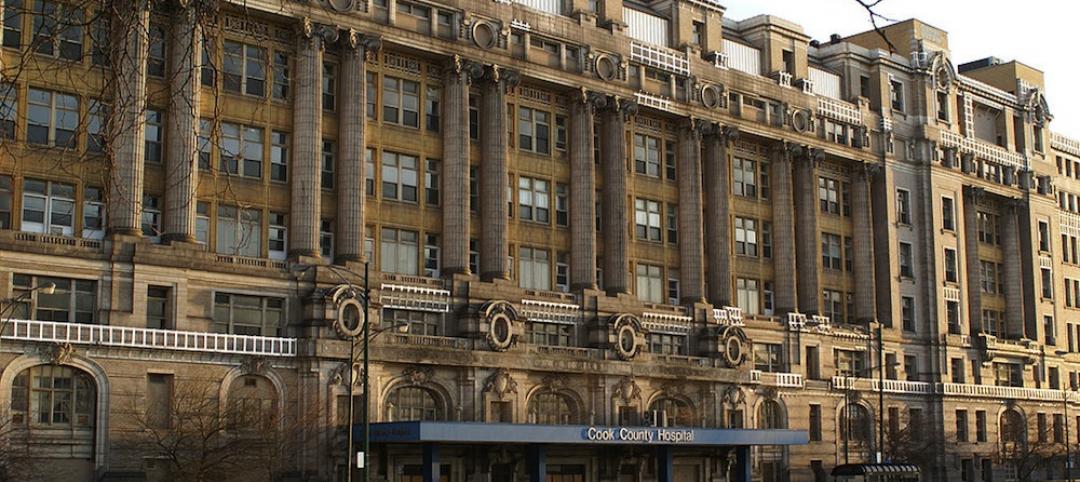The recent completion of two Foster + Partners-designed buildings concludes Phase 3 of the Battersea Power Station masterplan, an eight-phase, $11.5 billion project that is transforming a 42-acre former brownfield site in London. At the heart of the project is the iconic coal-fired power station that opened in full in 1955 but was decommissioned in 1975 and vacated in 2014. The year before, a Malaysian investment consortium entered into an agreement with Ernst & Young to move forward on the redevelopment.
When this mixed-use redevelopment reaches the finish line, it will be home and workplace to 25,000 Londoners, supported by more than 250 retail, food, and beverage venues; a hotel, a medical center, and more than 19 acres of public space with just under 1,500 ft of frontage along the Thames River and a six-acre park. The office district within this redevelopment will have over 3 million sf of commercial space.
Rooftop garden one of the city’s largest
The neighborhood and business quarter that this redevelopment creates will be serviced by a Zone 1 extension to the London Underground Northern Line and the Phase 2 restoration of the Power Station into a mixed-use building that houses Apple’s London campus, retail stores, a cinema, a 24,000-sf food hall, a glass chimney lift, and hundreds of apartments. It opened on October 14, 2022, and is owned by the Malaysian investors.
Phase 3, which just completed, consists of six 17- and 18-story buildings with more than 900 housing units, constructed over a three-story basement. Gehry Partners designed five of the residential blocks, known as Prospect Place and The Flower. Foster + Partners designed the Battersea Roof Gardens building with 436 apartments and a 164-key art’otel London Battersea Power Station. The building is topped by a massive rooftop garden, designed by James Corner Field Operations, with 23,000 plants and 55 trees, as well as a grassy area for social gatherings.
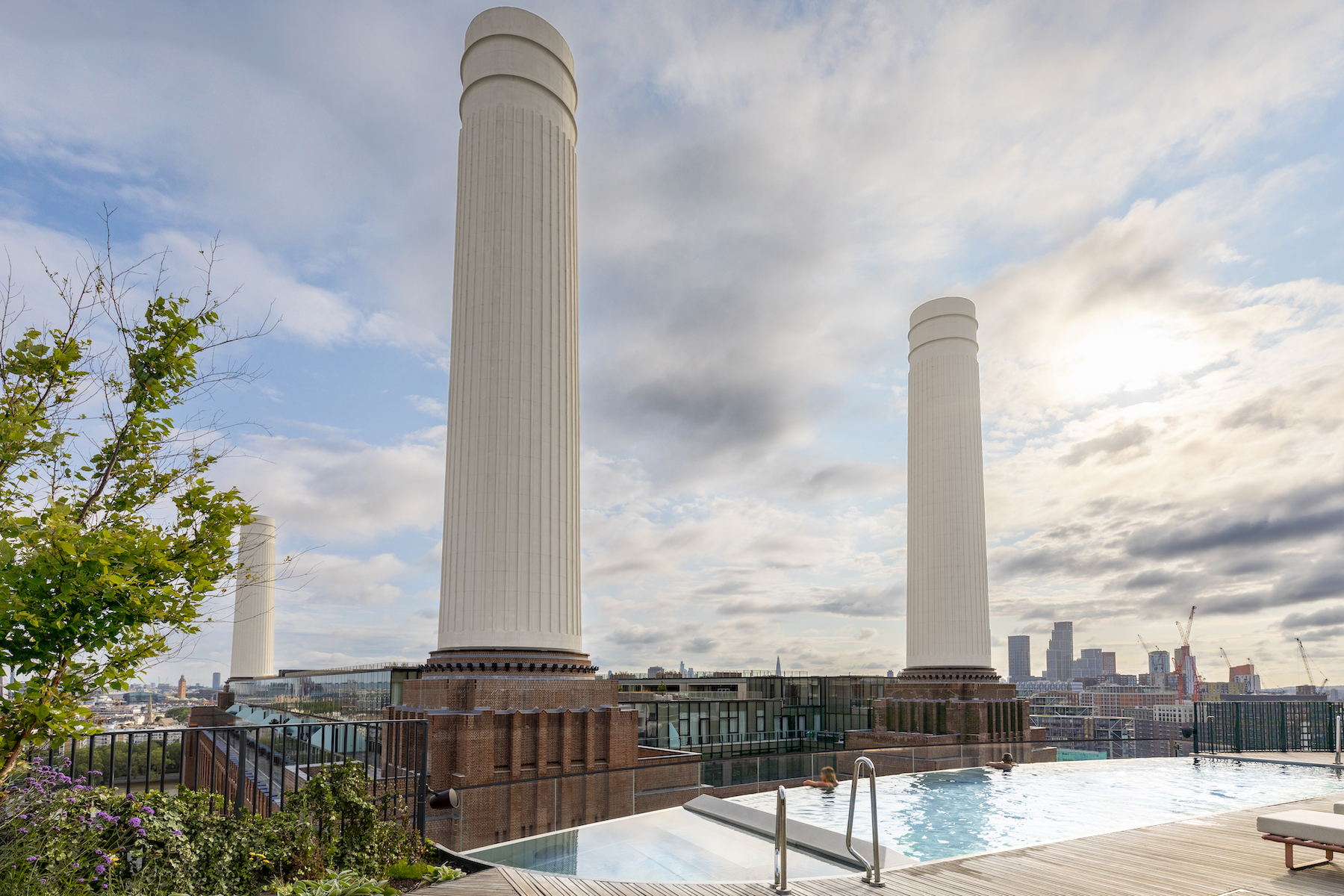
Guests who stay at the hotel have access to their own rooftop garden with a lounge bar and infinity pool that overlooks the power station’s signature chimneys. A Sky Lounge on the 14th and 15th floors features a sunset bar, workspaces, cinema room, and areas for relaxation. Penthouse apartments have their own 3,350-sf private terraces.
Gebrüder Schneider and Radeburger Fensterbau provided 6,500 aluminum elements for the building’s 52,000-sm wave-shaped facade.
Connecting the buildings to the city
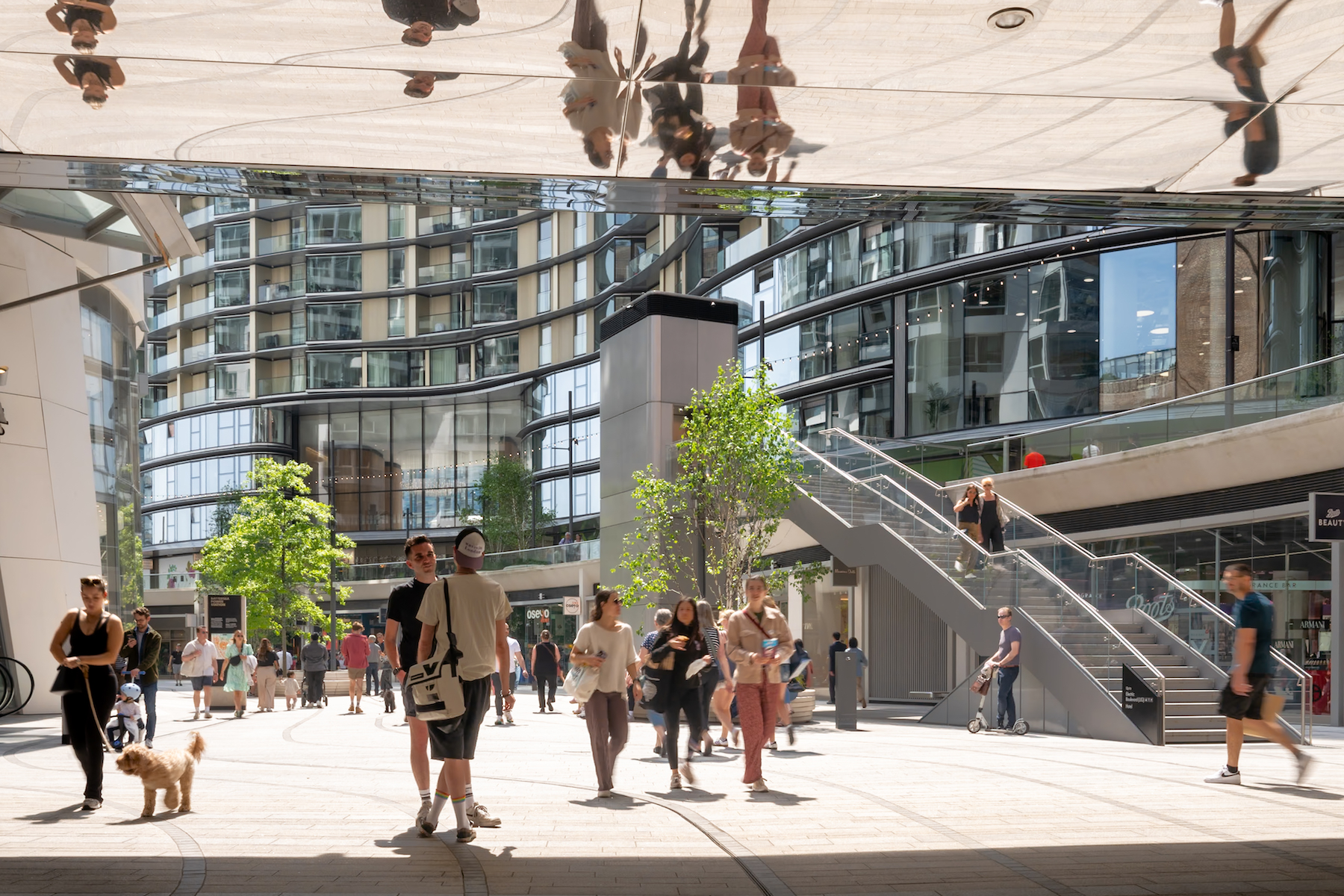
Foster + Partners also designed 50 Electric Boulevard, on the south side of the neighborhood, with approximately 200,000 sf of new office space over 13 above-ground floors, as well as over 100 shops, bars, restaurants, and leisure venues.
Positoned between these two buildings is a double-height pavilion, called the Light Box, with a 240-person capacity for private and communal functions, illuminated by roof lights and appointed by lush greenery. The lobby of 50 Electric Boulevard connects to a pedestrian thoroughfare known locally as a High Street. Underneath 50 Electric Boulevard is a new entrance to the Battersea Power Station subway stop; that entrance will be open by next spring.
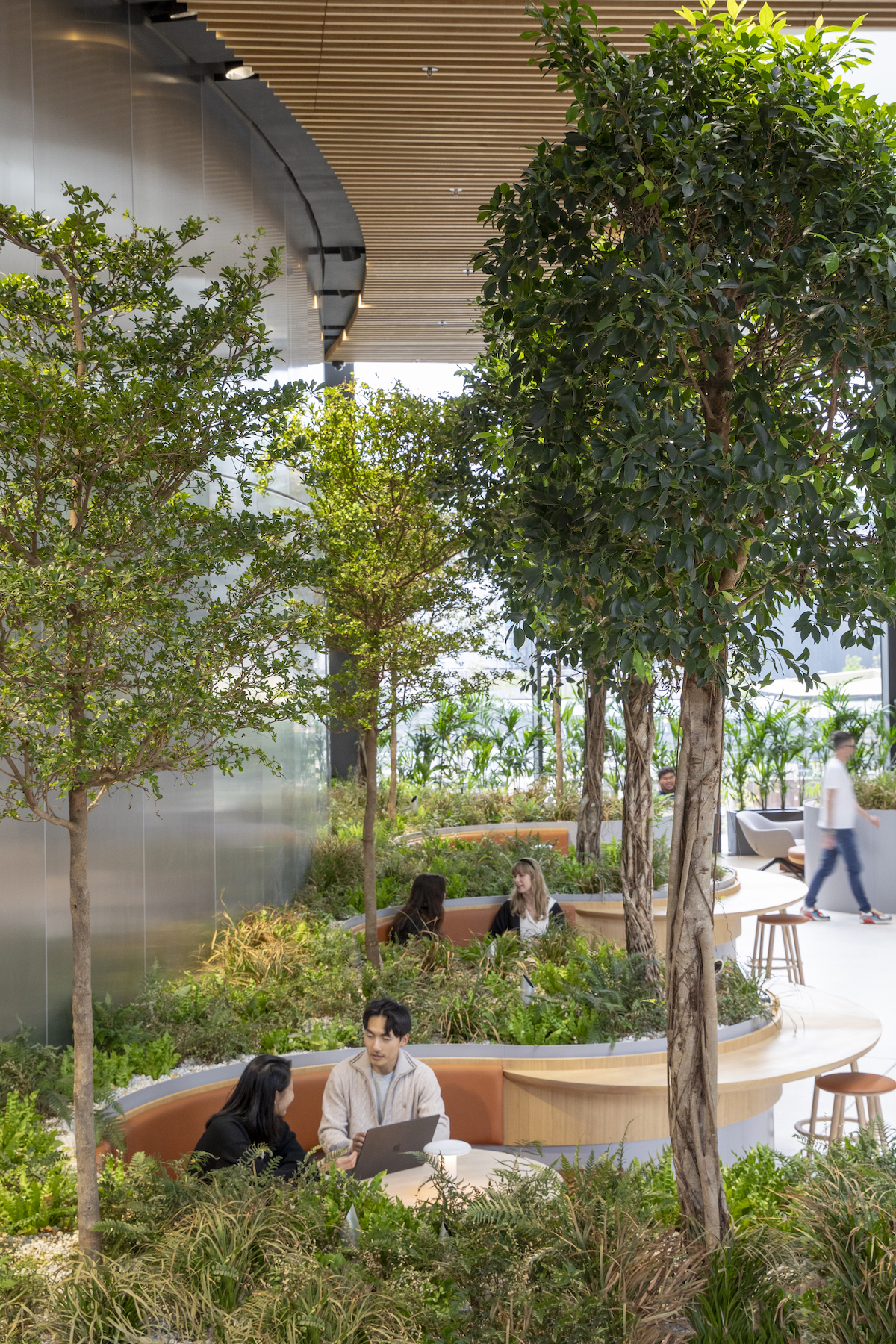
“Our scheme plays an integral role in creating a brand=new neighborhood for London, and most importantly, it connects the iconic power station to the city that surrounds it,” said Grant Booker, Foster + Partners’ Head of Studio Andy Bow, a Senior Partner at the firm, added that Electric Boulevard “acts as a gateway” to the power station from the subway.
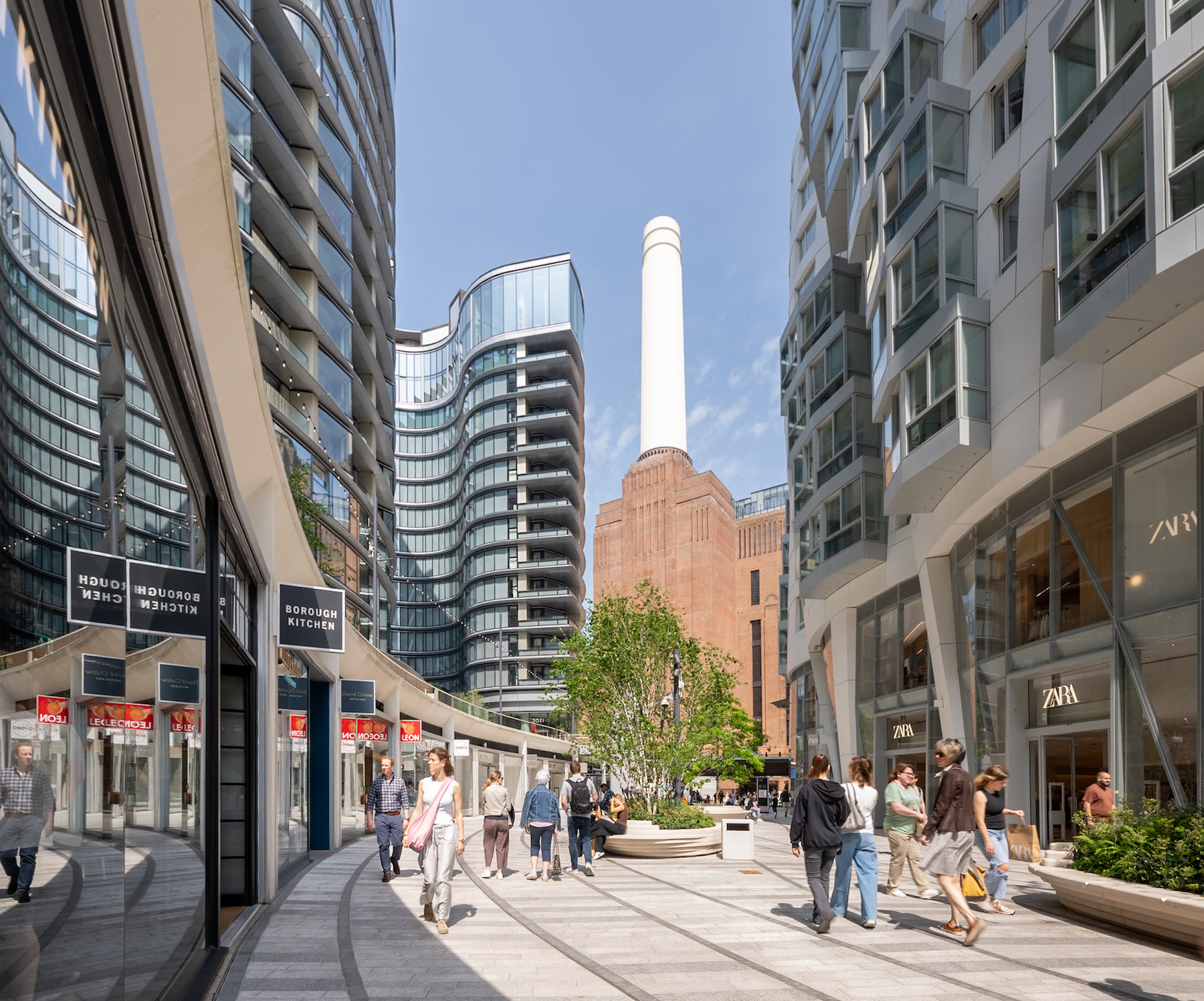
Buro Happold provided multi-disciplinary engineering services across Phase 3. On its website, the firm stated that the geometry of the Gehry buildings is complex, leading to each floor slab having a different plan shape. The structure of the Battersea Rooftop Gardens building is broken up with a series of high-level garden spaces, which cut through the building, creating challenging structural demands.
Related Stories
Adaptive Reuse | Oct 5, 2017
Wexford’s latest innovation center breaks ground in Providence
The campus is expected to include an Aloft hotel.
Office Buildings | Jun 13, 2017
WeWork takes on a construction management app provider
Fieldlens helps turn jobsites into social networks.
Office Buildings | Mar 27, 2017
New York warehouse to become an office mixing industrial and modern aesthetics
The building is located in West Chelsea between the High Line and West Street.
Adaptive Reuse | Nov 9, 2016
Middle school transformed into affordable housing for seniors
The project received $3.8 million in public financing in exchange for constructing units for residents earning less than 60 percent of the area’s median income.
Adaptive Reuse | Nov 7, 2016
From fuel to food: adaptive reuse converts a closed gas station in Princeton, N.J., to a Nomad pizza
The original building dates back to the Modernist 1930s.
Hotel Facilities | Sep 7, 2016
Fish out of water: The site of a Birdseye frozen-food factory in Gloucester, Mass., transforms into a seaside hotel
The construction of this 94-room hotel and conference center pitted tourism proponents against locals who want to preserve this historic city’s fishing heritage.
Healthcare Facilities | Apr 24, 2016
A symposium in New Jersey examines how a consolidating healthcare industry can better manage its excess real estate
As service providers position themselves closer to their communities, they are looking for ways to redirect non-core buildings and land for other purposes.
Adaptive Reuse | Apr 7, 2016
Redevelopment plan announced for Chicago’s historic Cook County Hospital
The century-old, Beaux Arts architecture-inspired hospital will transform into a mixed-use development.


